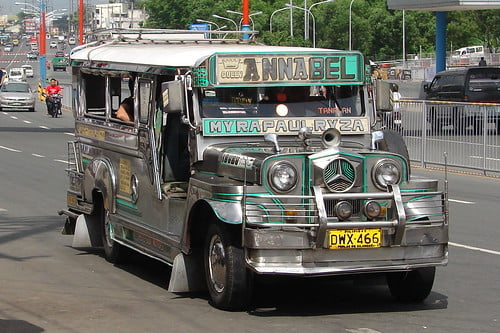Filipino identity is a complex and dynamic concept that has been shaped by centuries of colonialism, migration, and cultural exchange. As a nation made up of over 7,000 islands and a diverse range of languages, traditions, and beliefs, the notion of a singular “Filipino identity” can be elusive and ever-evolving.
One way in which contemporary Filipino artists are reimagining and exploring Filipino identity is through their art. By using a variety of mediums, techniques, and themes, these artists are challenging traditional notions of what it means to be Filipino and creating space for alternative narratives and perspectives to be heard.
One such artist is Agnes Arellano, whose work combines elements of Filipino mythology, spirituality, and feminism to create powerful and thought-provoking sculptures and installations. Arellano’s art often explores themes of female empowerment, environmentalism, and the interconnectedness of all living beings. Through her work, she challenges the notion of a monolithic Filipino identity and celebrates the diversity and complexity of Filipino culture.
Another artist pushing boundaries and reimagining Filipino identity is Mark Justiniani, whose immersive installations and surreal landscapes invite viewers to question their perception of reality and explore themes of memory, migration, and displacement. Justiniani’s work often incorporates elements of Filipino folklore and history, creating a dialogue between the past, present, and future of the Filipino experience.
Artist and cultural activist Alwin Reamillo is also reshaping Filipino identity through his collaborative and community-based art projects. By working with marginalized communities and using art as a tool for social change, Reamillo is challenging traditional power structures and amplifying the voices of those often unheard in mainstream discourse. Through his art, he is creating space for a more inclusive and diverse understanding of what it means to be Filipino.
These artists are just a few examples of the many talented individuals who are using contemporary art as a vehicle for reimagining Filipino identity. By exploring themes of history, memory, identity, and social justice, these artists are challenging stereotypes, breaking boundaries, and uncovering the rich tapestry of Filipino culture and experience.
As the world becomes increasingly interconnected and globalized, the need to redefine and reimagine Filipino identity becomes all the more urgent. Through their art, these contemporary Filipino artists are paving the way for a more inclusive, diverse, and dynamic understanding of what it means to be Filipino. In doing so, they are contributing to a more vibrant and nuanced cultural landscape that celebrates the diversity and richness of Filipino culture.






